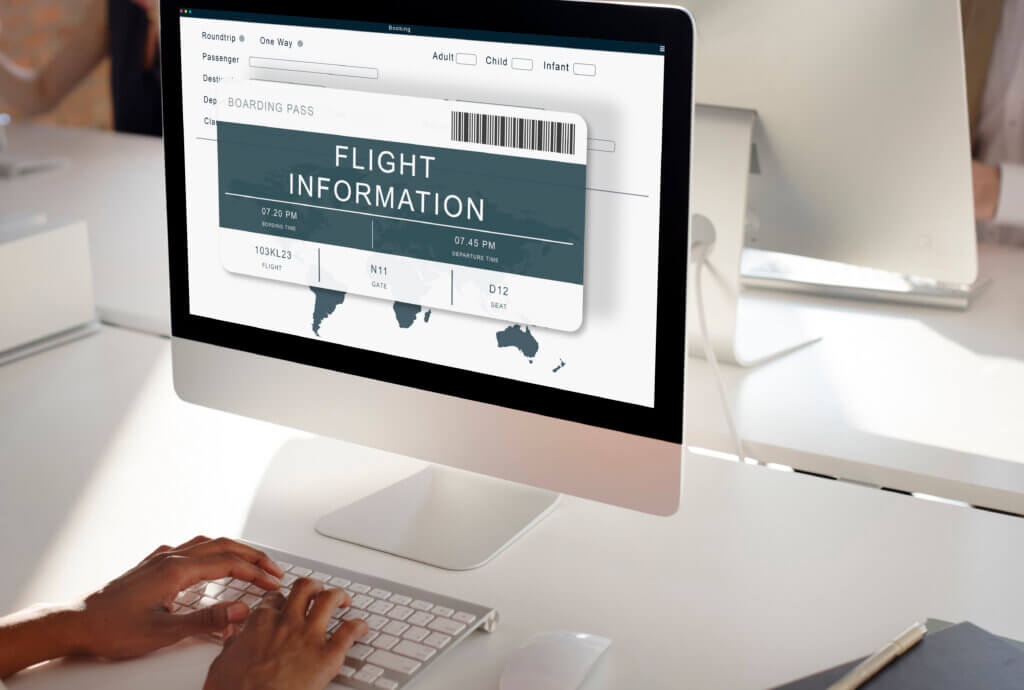
Rising Flight Costs Across America
The cost of flights at America’s 100 busiest airports has surged by a substantial 29% since 2021, undoubtedly impacting travelers nationwide.
However, a glimmer of relief emerged between 2022 and 2023 as flight prices leveled off and, in some cases, even experienced a slight decrease.
Minneapolis-Saint Paul International Airport stands out with the highest increase in average airfare, soaring by 48% since 2021.
Other notable airports grappling with substantial price hikes include Spokane International (46%), Chicago O’Hare International (43%), and Philadelphia International (43%).
Varied Impact on Domestic Airfare
While the overall trend points to an increase in airfare costs, the impact has remained uniform nationwide. Smaller airports, particularly, are bearing the brunt of these price hikes.
Of the 20 major U.S. airports witnessing the highest price increases, 10 are in the bottom 30% of total passenger volume.
Surprisingly, Hawaii stands as an exception, with three airports experiencing a drop in prices. Lihue Airport, in particular, saw a notable decrease of 6%.
Fluctuations in Recent Years
Over the past year, the average cost of airfare at the country’s busiest airports has remained relatively steady, with a marginal 1% decrease ($3) observed between 2022 and 2023.
Long Beach Airport in California witnessed the most significant increase in airfare prices during this period, soaring by 12%, while Westchester County Airport in White Plains, New York, experienced an 11% decrease.
The Quest for Affordability: Cheapest Airports
For those in pursuit of budget-friendly travel options, major tourist destinations such as Orlando and Las Vegas house some of the country’s cheapest airports.
With an average airfare price of $144, Orlando-Sanford claims the title of the cheapest airport among the top 100 busiest domestic airports.
Changing Traveler Preferences
A recent survey of 2,000 individuals who have flown in the last year sheds light on evolving traveler preferences.
Cost emerged as the primary factor influencing the decision to drive or fly, with over 40% of respondents citing it as a crucial determinant.
Travel time and flight availability followed closely behind, with only 5% indicating these factors did not influence their travel decisions.
As concerns about flight delays and cancellations rise, more travelers are considering travel insurance. Over 40% of survey respondents have started purchasing travel insurance more frequently, ensuring compensation for unforeseen disruptions, including flight delays, cancellations, and even lost luggage.
The Role of Travel Insurance
With rising airfare costs, investing in a quality travel insurance policy becomes a prudent choice.
Such policies safeguard against financial losses from canceled or delayed flights, covering additional expenses like rental cars and hotel bookings.
Travel insurance extends its coverage beyond flights, providing reimbursement for trip cancellations, late arrivals, or early departures due to covered reasons such as illness or family emergencies.
Given the continued uncertainty in air travel, obtaining flight insurance proves beneficial for most travelers boarding a plane.
Connecting to ESTA: Ensuring Smooth Travel
As travelers navigate the changing landscape of airfare costs and evolving preferences, connecting this information to the Electronic System for Travel Authorization (ESTA) becomes paramount.
ESTA, an automated system determining visitors’ eligibility to travel to the United States under the Visa Waiver Program, offers a convenient and streamlined process.
ESTA is especially advantageous for those planning short-term visits to the U.S., providing pre-approval for visa-free travel.

